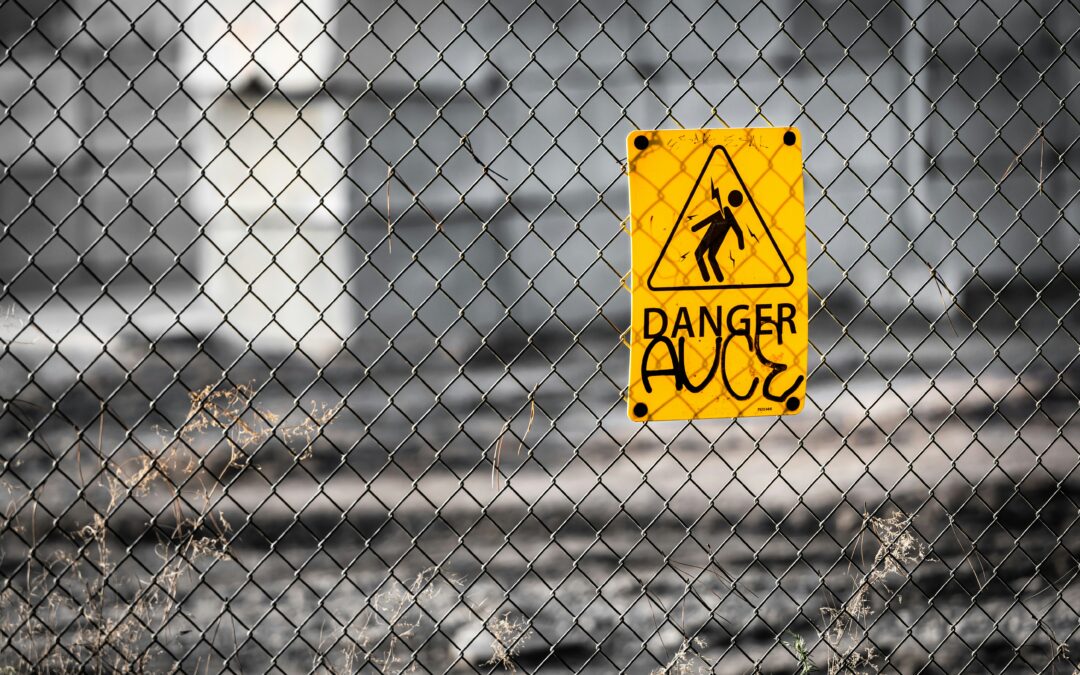Most people spend over a third of their lives at work, meaning that work environments have a powerful impact on their mental health. Decades of research have indicated that adverse work conditions are linked to psychological problems and poor mental health, which is now a leading cause of disease across the globe. Hazards at work range from physical insecurity to psychosocial issues (including a lack of flexibility and being micromanaged), and the inability to strike a good work-life balance. What steps can companies take to ensure that workers maintain good mental health, even when carrying out their functions in inherently hazardous sectors?
When Stress Is a Given
As much as companies make an effort to mitigate stress, it sometimes cannot be avoided. This is the case when staff must carry out shift work, work extended hours, or complete night shifts. These habits can disrupt circadian patterns leading to anxiety, depression, poor family relationships, and mental distress. However, there is plenty they can do to bring stress levels down to manageable levels.
Optimal Management for Better Mental Health Among Employees
Management style has plenty to do with employees’ stress levels. Research shows that working overtime and having low job control, for instance, are linked to a higher likelihood of developing coronary heart disease. Long working hours, meanwhile, are linked to the consumption of an unhealthy diet, poor sleep quantity and quality, and a lack of exercise. Good management can play a vital role in reducing accidents and work hazard factors related to these behaviors. Optimal planning can reduce the need for shift changes that disrupt circadian rhythms. Giving workers autonomy and flexibility can also work wonders. It is vital for managers to realize that micromanaging, exploitation of workers in terms of overtime, and other behaviors not only lead to more downtime for workers but also promote “absenteeism” and lower productivity.
[ Related: Effective Workplace Stress Management Skills ]
Why Regular Risk Assessments Are Key
Most companies in hazardous sectors carry out risk assessments, but it is vital to update these assessments and to ensure they are thorough. As new risks arise, staff need to be trained on aspects such as how to use new equipment, or move and handle new products. New risks also point out the need for different PPE, signage, and work layouts. As such, risk assessments are the very backbone upon which safe workplaces stand. Staff should also be encouraged to report accidents and near misses. Their opinion and experiences should be taken into account, so they never feel like their health is being overlooked or undervalued. Staff should be able to point out procedures and equipment that aren’t working as they should be, and changes should be put into effect quickly, to reduce frustration and anxiety.
[ Related: Ergonomic Assessment Quiz: Bodies in the Workspace ]
Providing Wellness Opportunities for Staff
Health and wellness and opportunities go a long way toward improving employees’ mental health. Take the case of Johnson & Johnson, whose wellness programs have saved the company $250 million on healthcare costs over a decade, with a $2.71 return for every dollar spent. One study on 185 workers and their spouses showed that those who were classified as high risk when they started a wellness program (with respect to blood pressure, body fat, anxiety, and other measures) became low-risk in six months. In this case, every dollar invested returned a $6 in savings in healthcare. Wellness programs comprise a host of measures, which can include free gym memberships for staff, incentives for those who walk or cycle to work, and in-house sessions. The latter can include massage, in-house training sessions, and mindfulness meditation. Indeed, holistic pursuits such as meditation have been proven to significantly lower stress levels, boost productivity, and improve mood. Mindfulness encourages practitioners to accept that stress may be a part of their job, but that they can “ride through” the pressure instead of allowing it to lead them to overthinking, anxiety, or depression.
Companies wishing to stand the test of time and build longstanding, motivated teams need to work to reduce work-related stress for their employees. In the case of hazardous jobs, the importance of regular risk assessments cannot be overstated. Modern, flexible management can also go a long way toward reducing anxiety, depression, and other issues that can be triggered by authoritarian, ineffective, and inflexible management.


